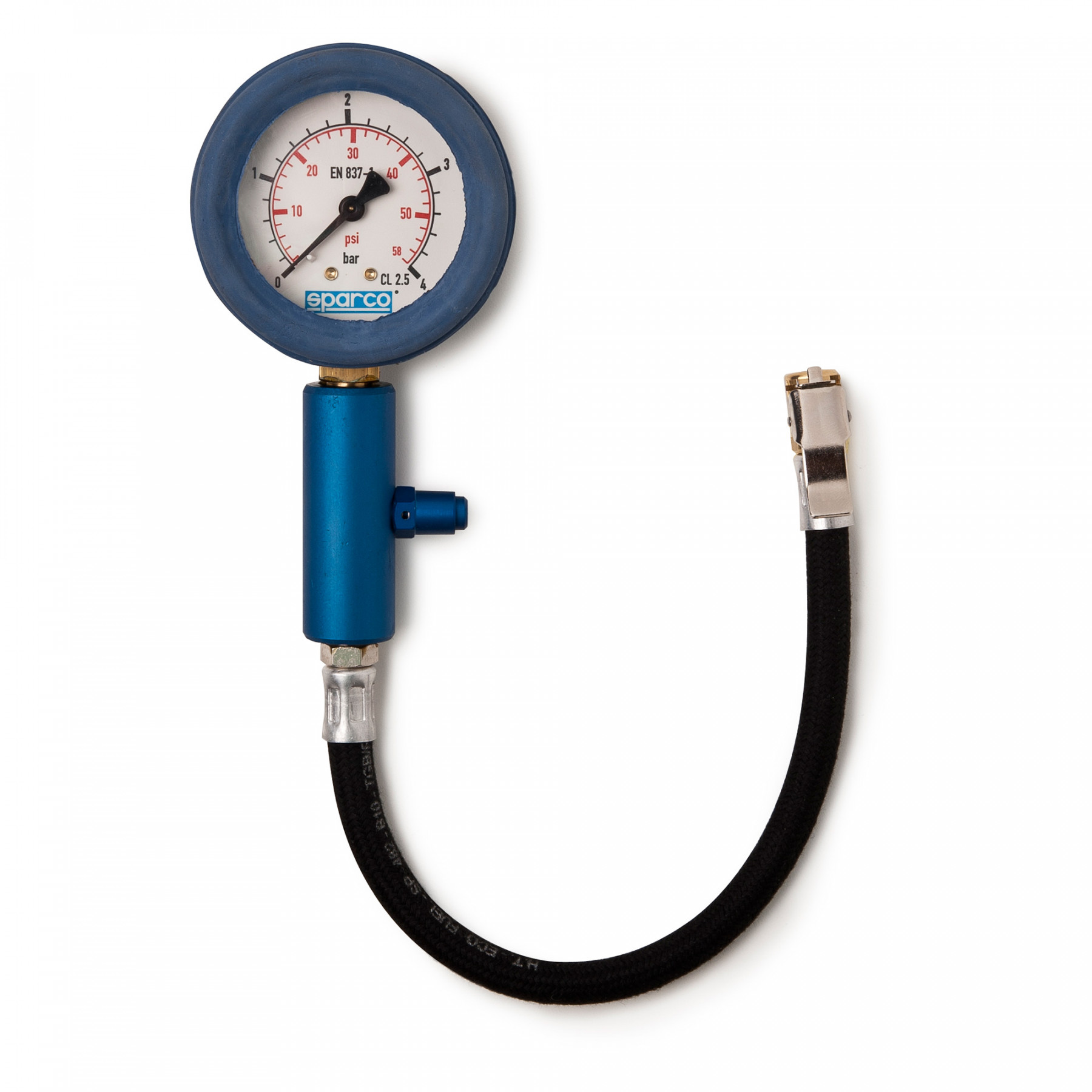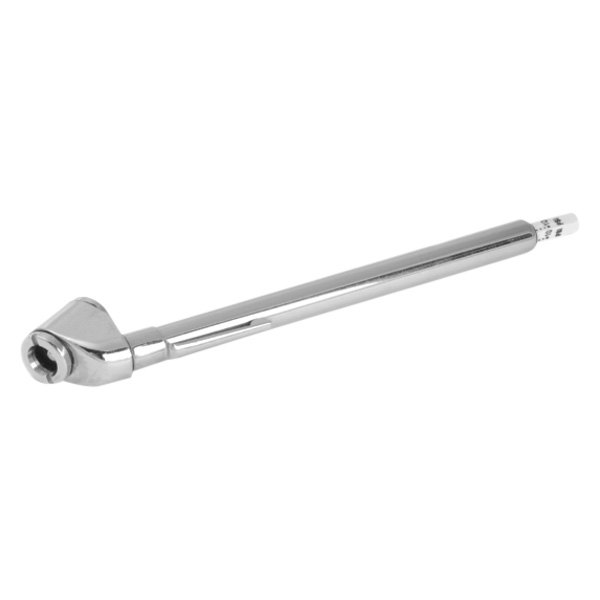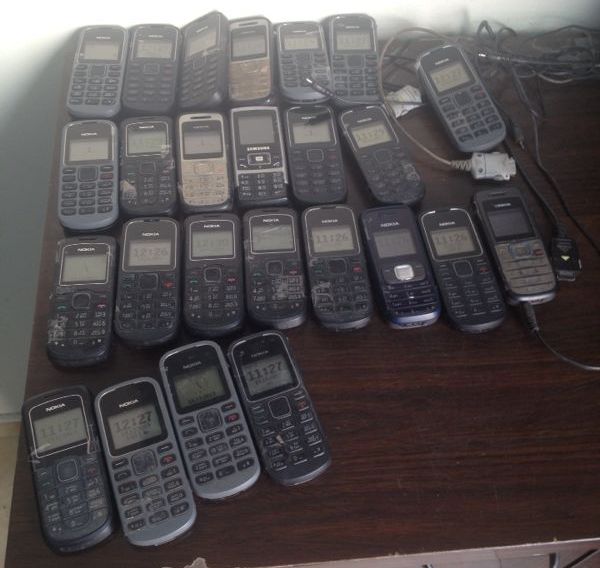Questions about leasing or buying? Let's talk! >
Ready to apply online? Start here! >
Our Blog Page Directory
Categories: General Information,Leasing,Buying-Selling
General Information
SUV's Capturing Our Imaginations
SUV/Crossovers, above all, capture our imaginations. There is a promise of possibilities; the promise of outdoor adventure, doing inspirational activities, and helping us connect with the life we want to lead.
SUV is a term we use, but today’s cars are more crossovers than SUV. An SUV was originally built on a truck platform; therefore, they tended to be on the larger side and not so fuel efficient. Today’s Crossovers are built on car platforms (unibody), which are lighter, more maneuverable, and very important here in Israel because they’re easier to park.
So, we get the rugged and sporty SUV look in a more practical vehicle package because let’s face it; for the most part, it is going to be driven on a flat, paved road, air conditioning on, Spotify playlist kicking out tunes on the media system, the young ladies voice on Waze telling us to turn right in 2 km, Mobileye reminding us we did not use our turn signal to change lanes, all the while sipping on a latte.
There is also the prestige effect -- you don’t “sit down into” as one would in a sedan, as much as you “step inside” a crossover/SUV.
Safety: They are not necessarily safer than sedans of comparable weight class, but here is a more confident feeling. This is because you are raised higher off the road, giving better visibility. But this effect is waning somewhat as more people are driving crossovers, so the average vehicle height is rising.
Take one for a test drive if you haven't already, they are fun to drive!!
Check tire pressure on a monthly basis
 |
 |
Correct tire pressure is a major safety concern, and will give you maximum fuel efficiency. Tires will lose approximately 1 pound of pressure PSI per month, so you should make it your monthly routine to check your tire pressure.
The correct tire pressure is not listed on the sidewall, as some people think. That is the maximum pressure that the tire can be inflated to. The easiest place to find the correct tire pressure PSI is on the sticker on the driver’s doorjamb, although you can also find it in your owner's manual. Pay attention --your car may have different ratings for front and back pressure, please check the diagram.
The best time to check your tire pressure is in the morning, while the tire is still cold. The definition of cold is that the car has been parked for at least three hours. The reason the morning is preferable is because there is no chance that one side of the car’s tires have been heated by the daytime sun.
Low tire pressure, besides costing you fuel efficiency, can be very dangerous. Low-pressure tires create more heat and therefore make the tires more susceptible to exploding, especially in hot weather, not to mention the accelerated deterioration of the sidewalls. It also causes poor handling as the sidewalls will be flexing more, especially noticeable on cornering.
Overinflated tires will put more pressure on the centerline of the tire, therefore causing it to wear quicker, as well as causing you to lose some connection with the road, since the outside edges of the tire might not be making full contact with the road surface.
If you live within 1.5 km of a service station that has a compressor with a built-in pressure gauge, you can check your tire pressure there in the morning and get a correct reading. If you live further than 1.5 km, it would be best to invest in a tire pressure gauge. They are relatively inexpensive. Take your tire-pressure reading in the morning and record each tire's reading independently. Then when you are at a service station, you can adjust the pressure according to your morning readings. NOTE: After 1.5 km of travel, the service-station pressure reading will be higher, therefore incorrect.
Happy driving – Keep the shiny side up and the greasy side down.
Increased New Car Taxes
This new tax increase will have far more impact on the car market in Israel than just the initial increased costs. To understand it's long range effects please book a consultation today.
Depreciation
|
There are two depreciation structures which are encoded into the automobiles “DNA” so to speak. These two systems fall under a single category called Planned Obsolescence. To read more click on the blue link icon |
Leasing
|
Pseudo Leases Client Question: A relative recently did a dealer purchase. He mentioned his deal was apparently similar to a lease where he could put down 15-30% of the price. Read full article click on the red link icon |
|
Leasing's Perceived Black Eye It's ironic that leasing has negative characteristics associated with it... in reality it's probably the most useful tool we have to maintain a vehicle Read full article click on the black eye photo |
|
Balloon Note Financing is Not a Lease What passes as a car lease today in Israel many times is not a lease at all; it’s a residual note or balloon financing plan To read more click on the green link icon |
Webinar links
|
Nefesh B'Nefesh webinar summer 2016 Main Subject: Comparing the 5 year finance of a new car to 2 new leases in the same time period, you will be surprised at the results. If you wish skip ahead start with slide #5 at the 15:29 mark where the comparison begins. Click on the blue button to listen to the recording |
Buying-Selling
|
Buying & Selling Used Cars Selling your used car can be a challenge. One reason is dealers have found ways to post their cars in the private section of Yad2 to increase the possibility of an inquiry. To read more click on the phone photo |

